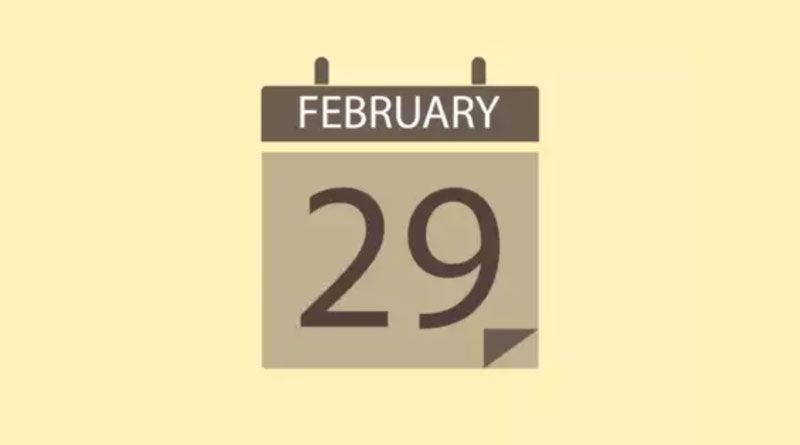Introduction:
The calendar is a fascinating human invention, meticulously designed to organize time and regulate our lives. One intriguing aspect of our calendar system is the concept of leap years, where an extra day is added to February every four years. This seemingly peculiar adjustment is grounded in a quest for harmony between our man-made calendars and the cosmic dance of our planet around the Sun.
Astronomical Realities:
To understand the genesis of leap years, we must delve into the astronomical intricacies of Earth’s orbit. It takes approximately 365.25 days for our planet to complete one orbit around the Sun. However, our calendar originally consisted of 365 days, which posed a challenge in synchronizing our yearly reckoning with the astronomical year.
The Drift and Misalignment:
Without any corrective measures, the calendar year would gradually drift out of alignment with the astronomical year. The misalignment would result in seasons shifting over time, with significant consequences for agriculture, weather patterns, and various cultural and religious observances tied to specific times of the year.
Enter the Leap Year:
To address this misalignment, the leap year system was introduced. Every four years, an extra day is added to the calendar, making that year 366 days instead of the usual 365. This additional day is inserted into the shortest month, February, which typically has 28 days. In a leap year, February extends to 29 days.
Accumulating Quarter-Days:
The rationale behind leap years lies in compensating for the fractional days left unaccounted for in our calendar. The Earth’s orbit is not precisely 365.25 days but is close enough to warrant this four-year adjustment. The extra quarter-day per year amounts to a full day over the span of four years. By adding this extra day during a leap year, we maintain a closer alignment between the calendar year and the astronomical year.
Historical Roots:
The concept of leap years has ancient roots, with the Roman calendar being one of the earliest to implement a form of this adjustment. However, it wasn’t until the introduction of the Gregorian calendar in 1582 by Pope Gregory XIII that a more refined leap year system was established. This calendar is widely used today, with some minor adjustments to ensure a more accurate synchronization with the astronomical year.
Practical Implications:
Leap years play a crucial role in maintaining the accuracy of our calendar, ensuring that seasonal changes occur at roughly the same time each year. This has practical implications for agriculture, climate patterns, and various societal activities linked to specific seasons.
Conclusion:
The addition of an extra day in February during a leap year may seem like a small adjustment, but it represents a harmonious dance between human ingenuity and the cosmic rhythms of our planet. This periodic recalibration of our calendar demonstrates our ongoing effort to stay in tune with the celestial ballet of our solar system, providing us with a reliable and consistent measure of time.

Namaste UI collaborates closely with clients to develop tailored guest posting strategies that align with their unique goals and target audiences. Their commitment to delivering high-quality, niche-specific content ensures that each guest post not only meets but exceeds the expectations of both clients and the hosting platforms. Connect with us on social media for the latest updates on guest posting trends, outreach strategies, and digital marketing tips. For any types of guest posting services, contact us on info[at]namasteui.com.

